Digital Marketing
Strategy yes or no?
“Should I have a digital marketing strategy, or stick with the traditional tried and tested method?”. This is a question that many business owners are asking themselves. For many, the concept of digital marketing is something that is still fairly new to them and it certainly doesn’t help that it is evolving at such a pace that what is ‘in’ one day seems to be obsolete months later. The process of putting an advertisement in a newspaper on the other hand has remained largely unchanged for decades. While many find it a challenge to keep up with the emerging trends and technologies, that should not get in the way of the fact that digital is here and is clearly the way forward (I’ll explain a little later).
So what do people mean when they talk about “digital marketing strategy”. Are you employing a digital strategy by having a Facebook business account and a Twitter feed? Maybe. To keeps things simple, we can define “digital marketing” as any activity based on internet or mobile access (web, SMS, email campaigns, social media [Facebook, Twitter], SEO, etc). “Traditional Marketing” being anything that does not involve the internet or mobile access (print, tv, radio, billboards, direct mail, inserts, brochures, etc).
By having a Facebook business profile and a Twitter account, you are indeed using some of the digital marketing tools but it is far from what you would call a “digital marketing strategy”. Just like placing an advertisement in the local newspaper would not be considered a marketing strategy. No, a strategy is far bigger than just using the tools, a strategy is, as one person succinctly defined it – An action plan for obtaining a goal based on information at hand.
If the strategy calls for the use of Facebook or Twitter to achieve a particular goal based on the information at hand, then by all means use them. If not, you could be wasting your efforts in trying to following what everybody else is doing. Furthermore, a strategy not only details the tool to use, but also how these tools are to be used in order to get you closer to your goals.
Here is a real world example. A local computer/office machine retailer wants to increase a number of corporate and business accounts by 20% over last year’s figures. Using their corporate Twitter account to try an sell off clearance items does not help them achieve this goal. A better use of Twitter is to advertise a new technical support program or to introduce the new line of data servers that have just been released – driving potential customers to the web or a call to action for them to contact the sales rep.
So what are the benefits of digital marketing over traditional marketing? While traditional marketing activities have been the tried and tested for decades, the way audiences consume information and interact with brands has changed. While I would not advocate ditching all forms of traditional means just yet, digital marketing offers a number of key benefits over traditional activities. Here are some noteworthy difference.
Reduced cost – TV, radio and print advertisements cost. Having a presence online is relatively cheap or free in some cases (i.e. Google local business listing).
Everything becomes measurable – Visitor, clicks, sales can all be tracked. This data can be collated and presented in simple, user friendly reports with graphs and charts. These tools can help you measure your ROI.
Brand engagement – Target markets can interact with your brand in a way that a billboard or print advertisement could never do. Interaction and engagement can generate substantial brand loyalty. On the other side, a bad experience with your company could go viral. Responding in an appropriate manner can turn it into a positive situation.
Demographic targeting – Audiences are offering more and more information about themselves online, way beyond just – age, sex, location. Following, liking, +1, tagging, buying and visiting provide information about your habits, likes, dislikes and preferences. All of which can be targeted.
Real-time results – All activities and results can be viewed in real time. If something isn’t working well, you can always (see next item).
Easily refine your strategy – Making modification to you Adwords campaign, A/B testing of different subject titles for an email campaign can be done instantly compared to long and expensive lead/production times for traditional mediums.
Product information – Friends, peers, leaders are strong reference groups. User reviews and feedbacks to contribute to how you or your product is perceived and rated. Note: The manner in which you respond to feedback can dramatically alter people’s perceptions of you.
Less intrusive – When done correctly, you are only found by potential customers. If you are in the market for a new car, you are not exposed to advertisements for jewellery and vice versa.
Holds their attention – An advertisement in a magazine or newspaper can be scanned over in an instance. When a visitor lands on your homepage, you have many more opportunities to attract and maintain their attention.
While traditional mediums still have a role to play in the marketing mix, I would argue that any activity can be made better through integration with digital communications. Because of the obvious benefits that digital marketing has over traditional marketing, I would encourage all business owners to utilise the digital medium. What’s important here is not to get bogged with the details of what tools are hot and which ones have passed their prime (there are specialist that are in the know). Rather see that digital is the way most communication happens today and will be the foundation for all new mediums to come.
On a final note, to get the most out of the digital tools, you really need a digital strategy to guide you. Without one, you may very well be invisible to the majority of your target market.
